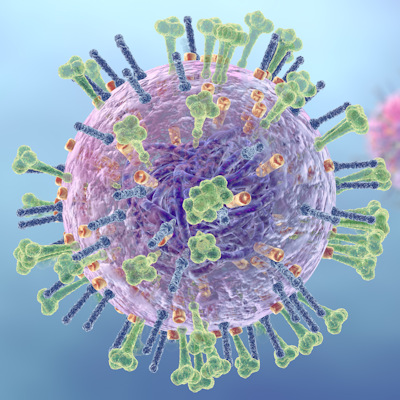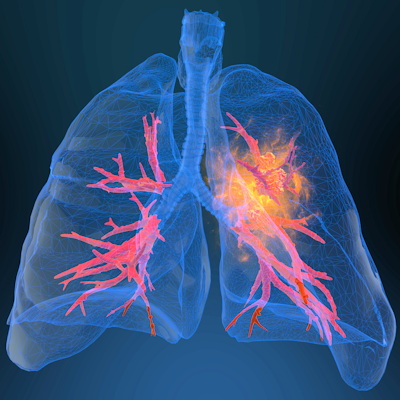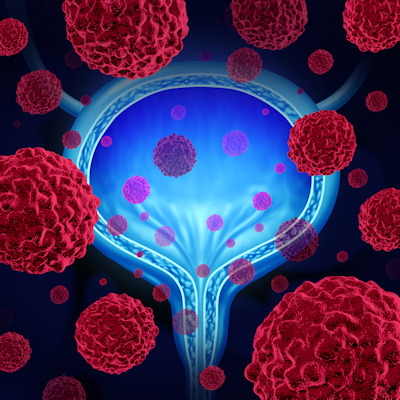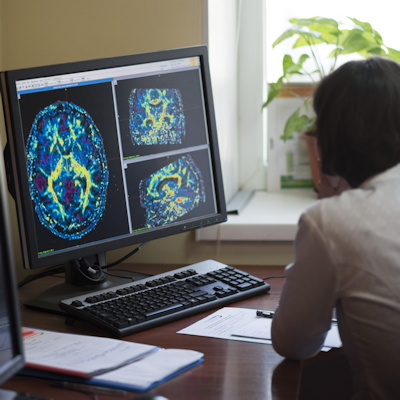 New 3D map reveals genetic architecture within human retina cells
New 3D map reveals genetic architecture within human retina cells
National Eye Institute scientists have mapped the genetic architecture that determines gene expression and disease phenotype in human age-related eye disorders. Read More
 Virtual, in-person conferences spur scientific collaboration
Virtual, in-person conferences spur scientific collaboration
Scientists who interact with others during assigned sessions at conferences are more likely to form productive collaborations than scientists who do not, according to Northwestern University researchers. Read More
 Canadian institution bundles brain maps into new database
Canadian institution bundles brain maps into new database
Scientists in Canada have brought together more than 40 existing brain maps to help researchers find correlations between patterns across different brain regions, spatial scales, modalities, and brain functions. Read More
 Nanoscope gets $1.5M NIH grant for EMC-based gene therapy for glaucoma
Nanoscope gets $1.5M NIH grant for EMC-based gene therapy for glaucoma
The National Institutes of Health has awarded biotechnology company Nanosope Technologies a $1.5 million grant for its advancement of glaucoma therapy using engineered mechanosensitive channel (EMC). Read More
 New findings pave the way for novel flu treatments
New findings pave the way for novel flu treatments
Mount Sinai researchers have identified the gene TDRD7 as a key regulator against influenza A virus, potentially paving the way for new respiratory infection therapies. Read More
 Building a better brain model provides window into autism
Building a better brain model provides window into autism
Sesame seed-sized brainlike organoids grown in the lab from human cells are providing insights into the brain and uncovering differences that may contribute to autism research. Read More
 Scientists identify gene responsible for small cell lung cancer
Scientists identify gene responsible for small cell lung cancer
A new gene is responsible for activating an aggressive subtype of small cell lung cancer, the P subtype, according to Northwestern Medicine scientists. Read More
 Blood cancer drug halts bladder cancer growth: study
Blood cancer drug halts bladder cancer growth: study
An epigenetics drug currently used for treating blood cancers and rare sarcomas can also stop bladder cancer growth by activating the immune system, Northwestern Medicine scientists found. Read More
 Certain protein implicated in Crohn's disease, points to new therapies
Certain protein implicated in Crohn's disease, points to new therapies
New York University Langone Health researchers have discovered a link between the protein apoptosis inhibitor five and Crohn's disease, pointing to the potential for new therapies. Read More
 Scientists identify new therapeutic target for incurable glioblastoma
Scientists identify new therapeutic target for incurable glioblastoma
VCU Massey Cancer Center researchers have discovered a cellular pathway that drives the growth of deadly brain tumors, according to an article published October 5 in Science Advances. Read More
Member Rewards
Earn points for contributing to market research. Redeem your points for merchandise, travel, or even to help your favorite charity.
Research Topics
Interact with an engaged, global community of your peers who come together to discuss their work and opportunities.
Connect
Tweets by @ScienceBoard



